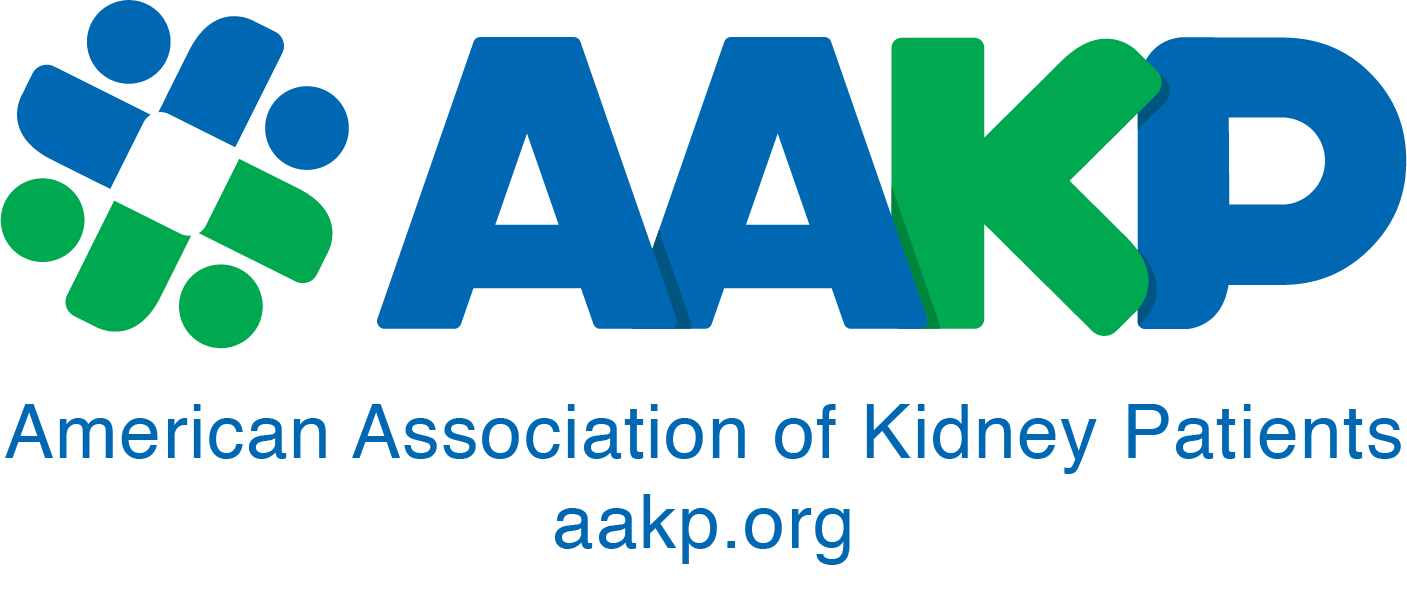Answer: The overriding factor is patient safety. To assure a safe treatment, staff may not be able to satisfy all patient comfort requests, such as keeping the access site covered. There have been numerous, documented reports of patients’ venous needles falling out – down into the chair or underneath it, while the patient is asleep, covered with a blanket. If the set pressure limits on the machine are not exceeded, the alarms may not sound and stop the blood pump. At pump speeds greater than 350 ml/minutes, a patient can lose a unit of blood in less than one minute. Losing a large volume of blood quickly will cause blood pressure to drop severely, resulting in a loss of consciousness and even death. Therefore, the safest thing that can be done for monitoring vascular access is to look at the access, not only when doing vital signs, but continuously throughout the treatment. In order to do this, the access needs to be visible at all times.
The Centers for Medicare and Medicaid Services (CMS) agree, and have made visible accesses a requirement during dialysis in the new Conditions for Coverage (CfC). In addition, CMS also requires staff provide for patient comfort. The CfC states: “The dialysis facility must: 1) Maintain a comfortable temperature within the facility, and 2) Make reasonable accommodations for the patients who are not
comfortable at this temperature.”
So, there has to be a way of balancing safety and patient comfort. A few suggestions for keeping patients warm while keeping accesses visible include:
• using a secondary, smaller blanket or towel to cover the exposed part of the arm or leg above or below the access;
• having the patient wear a mitten (not a glove), or a tube sock on the access hand;
• cutting a hole in a blanket where the access is located;
• setting the thermostat for a reasonable temperature; or
• having radiant heat panels installed above each dialysis chair.
• Patients should not be offered heating pads – many patients have decreased sensation and will not be able to tell if the pad is too hot for their skin, which could result in tissue damage.
Keeping patients safe is the primary goal and responsibility of the patient care staff. Education, of both patients and staff, plays a major role in how safe patients are during their dialysis treatment. All accesses need to be visible to provide safe patient care. With a little creativity, we can provide for patient comfort as well.
Reference:
Department of Health and Human Services. (2008). The Centers for Medicare and Medicaid Services, 42 CFR Parts 405, 410, 413 et al. Medicare and Medicaid Programs; Conditions for Coverage for End-Stage Renal Disease Facilities; Final Rule. Retrieved from http://www.cms.hhs.gov/CFCsAndCoPs/downloads/
ESRDfinalrule0415.pdf.
CMS Disclaimer:
The analysis upon which this publication is based were performed under Contract Number HHSM-500-2006-NW016C entitled End Stage Renal Disease Networks Organization for the States of Alaska, Idaho, Montana, Oregon and Washington, sponsored by the Centers for Medicare & Medicaid Services, Department of Health and Human Services. The content of this publication does not necessarily reflect the views or policies of the Department of Health and Human Services, nor does mention of trade names, commercial products, or organizations imply endorsement by the U.S. Government. The author assumes full responsibility for the accuracy and completeness of the ideas presented. This article is a direct result of the Health Care Quality Improvement Program initiated by the Centers for Medicare & Medicaid Services, which has encouraged identification of quality improvement projects derived from analysis of patterns of care, and therefore required no special funding on the part of this contractor. Ideas and contributions to the author concerning experience in engaging with issues presented are welcomed.
Lynda Ball, MSN, RN, CNN, is the Quality Improvement Director for Northwest Renal Network in Seattle, WA, and is a nationally recognized vascular access expert. She has authored numerous articles on cannulation, including the Buttonhole Technique, and teaches across the country.
The Dear Doctor column provides readers with an opportunity to submit renal related health questions to healthcare professionals who specialize in the area of concern. The answers are not to be construed as a diagnosis and therefore, altercations in current healthcare should not occur until the patient’s physician is consulted.
This article originally appeared in the September 2009 issue of aakpRENALIFE.
























